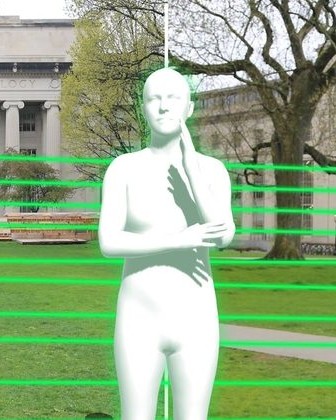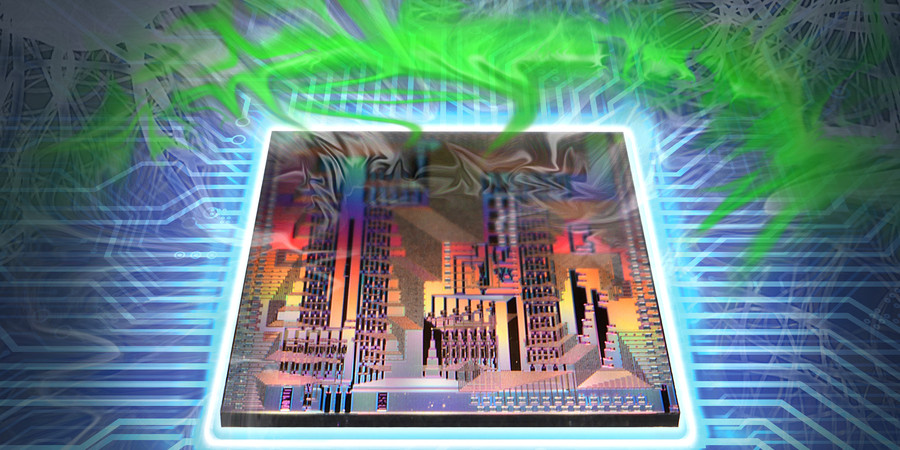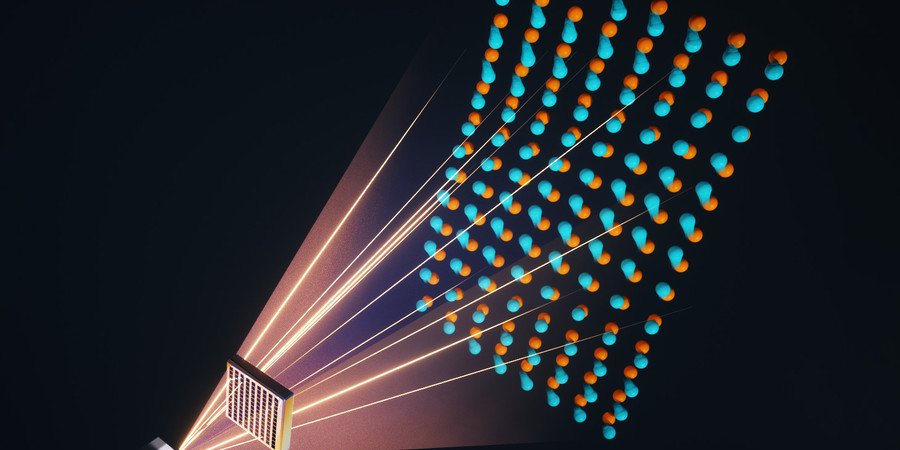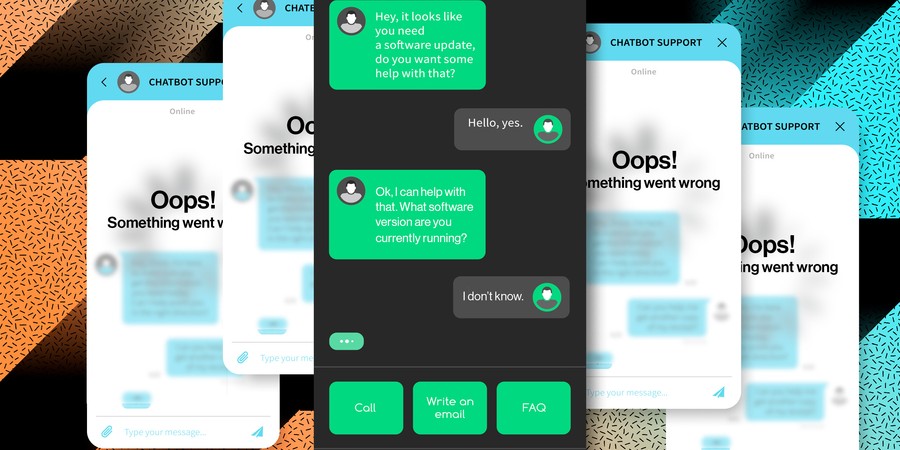Steve Nadis | MIT CSAIL
June 17, 2022
Upon looking at photographs and drawing on their past experiences, humans can often perceive depth in pictures that are, themselves, perfectly flat. However, getting computers to do the same thing has proved quite challenging.
The problem is difficult for several reasons, one being that information is inevitably lost when a scene that takes place in three dimensions is reduced to a two-dimensional (2D) representation. There are some well-established strategies for recovering 3D information from multiple 2D images, but they each have some limitations. A new approach called “virtual correspondence,” which was developed by researchers at MIT and other institutions, can get around some of these shortcomings and succeed in cases where conventional methodology falters.
Complete article from MIT News.
Explore
Photonic Processor Could Enable Ultrafast AI Computations with Extreme Energy Efficiency
Adam Zewe | MIT News
This new device uses light to perform the key operations of a deep neural network on a chip, opening the door to high-speed processors that can learn in real-time.
AI Method Radically Speeds Predictions of Materials’ Thermal Properties
Adam Zewe | MIT News
The approach could help engineers design more efficient energy-conversion systems and faster microelectronic devices, reducing waste heat.
A New Way to Let AI Chatbots Converse All Day without Crashing
Adam Zewe | MIT News
Researchers developed a simple yet effective solution for a puzzling problem that can worsen the performance of large language models such as ChatGPT.




